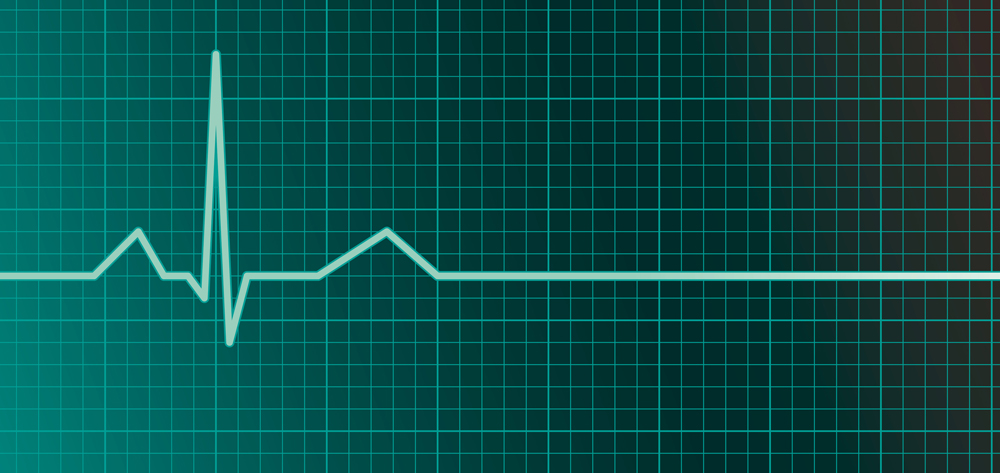Sudden cardiac death kills 350,000 to 400,000 Americans a year. That accounts for half of all deaths from coronary artery disease (CAD), the leading cause of death in the United States.
Frequently, a dangerous arrhythmia, such as ventricular tachycardia (VT) or ventricular fibrillation (VF), precedes sudden cardiac death. In fact, VT precedes sudden cardiac death in more than 70% of patients.
If you can detect VT and VF early on and provide prompt cardiopulmonary resuscitation (CPR) and defibrillation, your chances of preventing sudden cardiac death are good.
Heart’s electrical system
Before discussing ventricular arrhythmias, let’s review how the heart’s electrical conduction system works. The system’s main function is to transmit electrical impulses from the sinoatrial (SA) node to the atria and ventricles, causing them to contract. Located high in the wall of the right atrium, the SA node is the heart’s natural pacemaker. It normally fires 60 to 100 times per minute, and each impulse results in one heartbeat.
The electrical impulse passes through both atria to the atrioventricular (AV) node at the junction of the atria and ventricles. If the SA node stops firing, the AV node initiates the impulses, but the rate drops to 40 to 60 times per minute.
From the AV node, the impulse travels through the bundle of His and down the right and left bundle branches into the Purkinje network of the ventricles, depolarizing the ventricular muscle. If the SA and AV nodes fail, the ventricles initiate the impulses but can only manage 20 to 40 impulses per minute.
An electrocardiogram (ECG) reflects the complete wave of depolarization as it travels from the SA node to the Purkinje network.
NOTE TO READERS:
In order to preserve the accuracy of the material, this article is available in PDF format only.



















1 Comment.
did the quiz not state that the bpm were 250? Not 150?